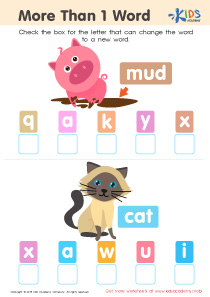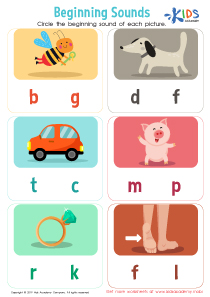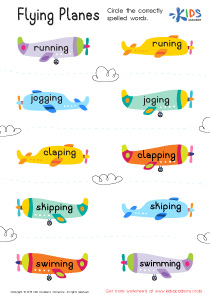Letter recognition Elementary Phonics Worksheets for Ages 3-9
5 filtered results
-
From - To
Discover our engaging Letter Recognition Elementary Phonics Worksheets, designed for children aged 3-9! These worksheets promote early literacy skills, helping young learners recognize and identify letters through fun and interactive activities. Each worksheet features vibrant illustrations and activities that make learning enjoyable, including tracing, matching, and sorting exercises. Perfect for homeschooling, classroom use, or supplemental practice, these resources cater to diverse learning styles and abilities. Build a strong foundation for reading success as your child explores the alphabet and strengthens their phonics skills. Unlock the joy of learning with our carefully crafted worksheets that inspire curiosity and confidence in young learners!


Long and Short U Worksheet
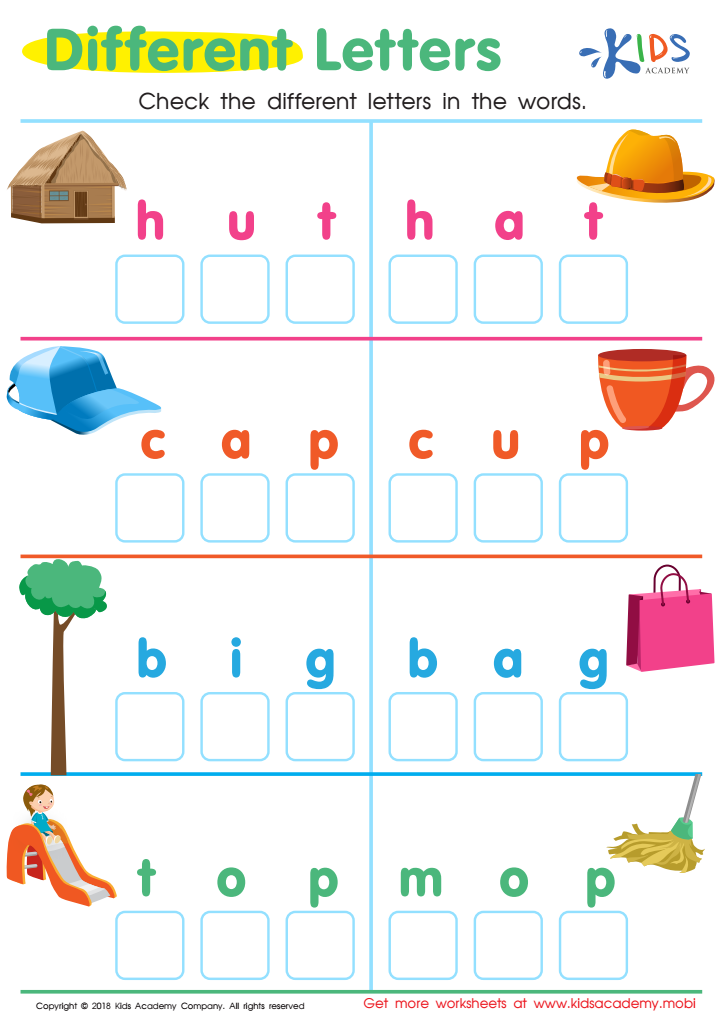

Different Letters Reading Worksheet
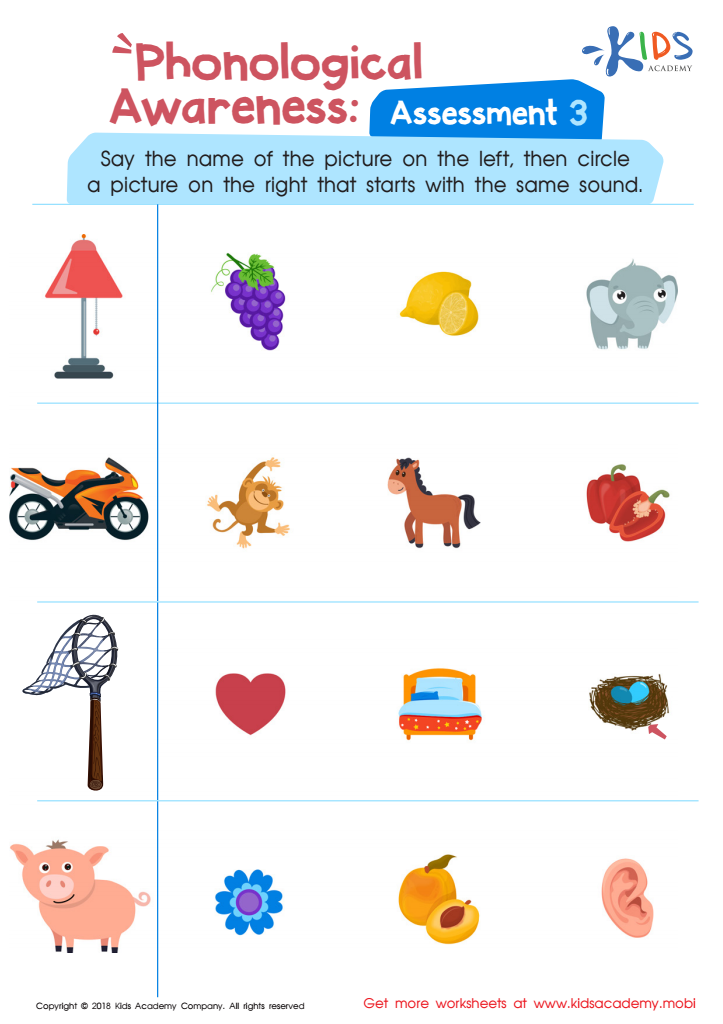

Phonological Awareness: Assessment 3 Worksheet


Long and Short E Worksheet
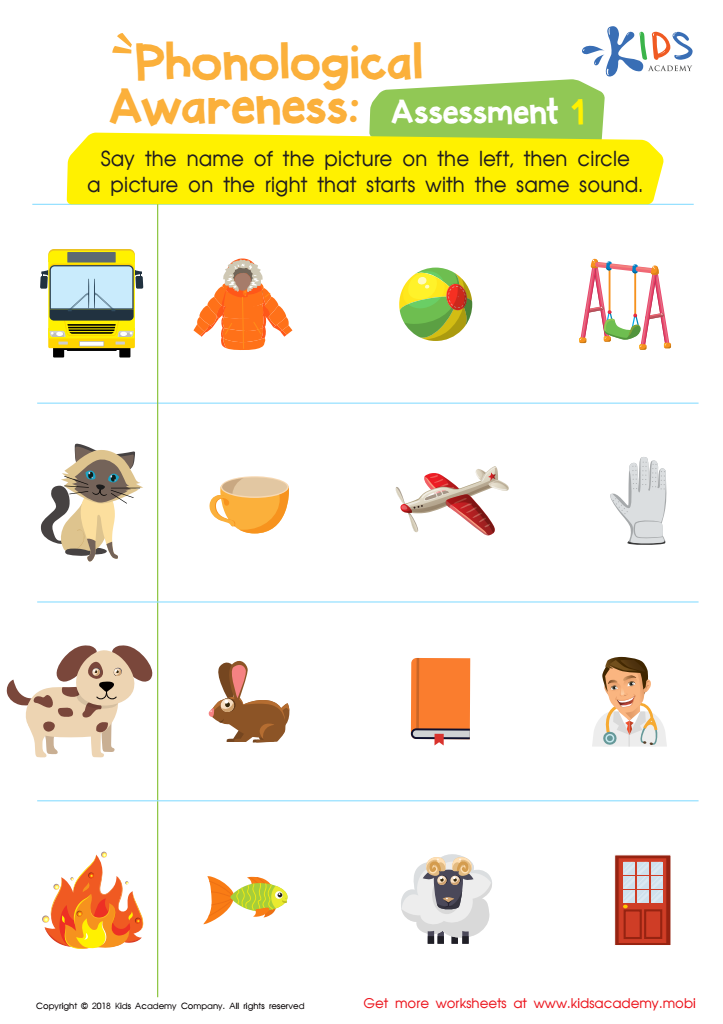

Phonological Awareness: Assessment 1 Worksheet
Letter recognition and elementary phonics are foundational skills crucial for early literacy development in children aged 3-9. Parents and teachers should care about letter recognition because it is the first step in helping children understand the connection between written language and spoken words. Recognizing letters enables children to identify and distinguish various sounds, paving the way for effective reading and writing skills.
Phonics, the interaction of letters and sounds, equips children with the tools to decode words, making reading more accessible and enjoyable. When children grasp phonics concepts, they're better prepared to tackle complex texts, which builds confidence and fosters a love for reading. This early engagement with language helps to develop critical thinking and comprehension abilities, setting the stage for future academic success.
Moreover, encouraging letter recognition and phonetic skills promotes language development and communication skills. As children learn to identify letters and sounds, they also enhance their vocabulary and storytelling abilities, essential for engaging in discussions and expressing ideas clearly.
In a technology-driven age where literacy is paramount, reinforcing these skills at home and in the classroom equips children for lifelong learning and achievement, fostering their overall cognitive and emotional growth.
 Assign to My Students
Assign to My Students




